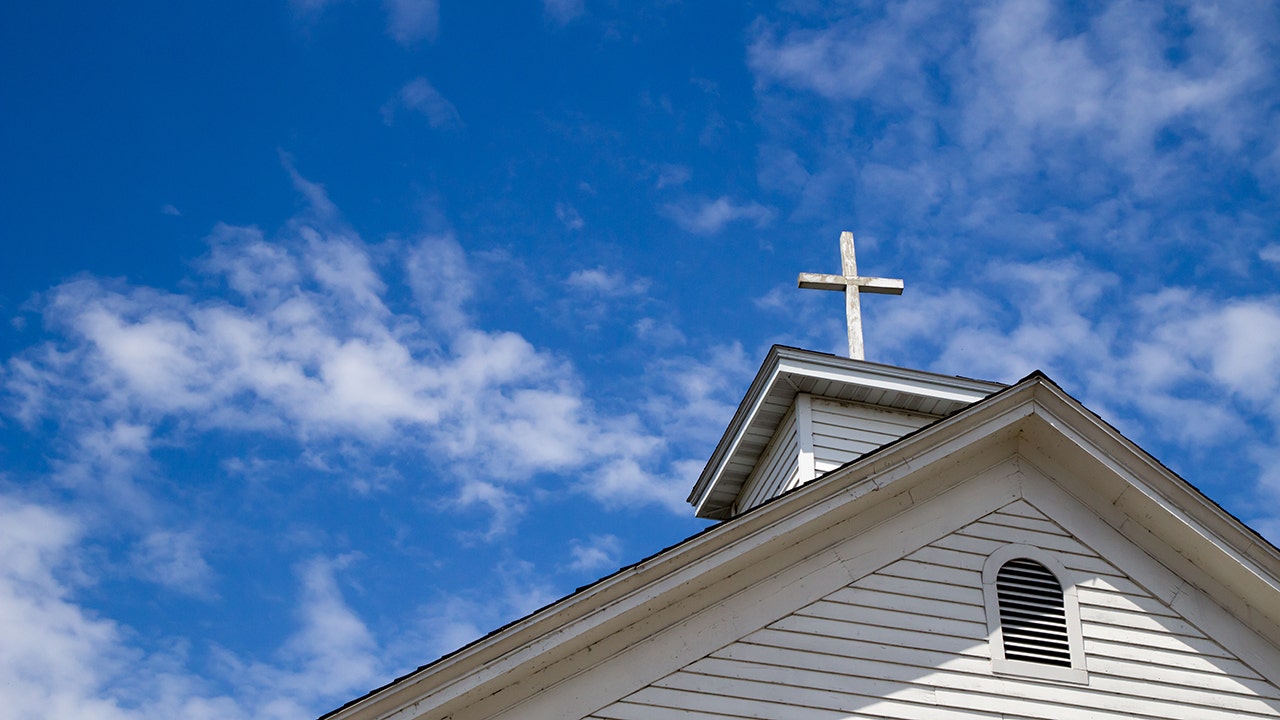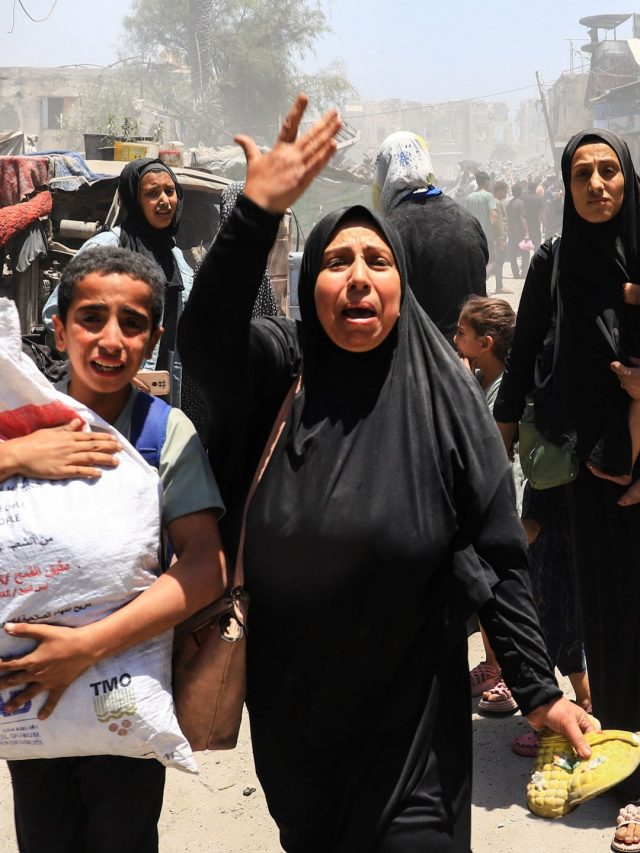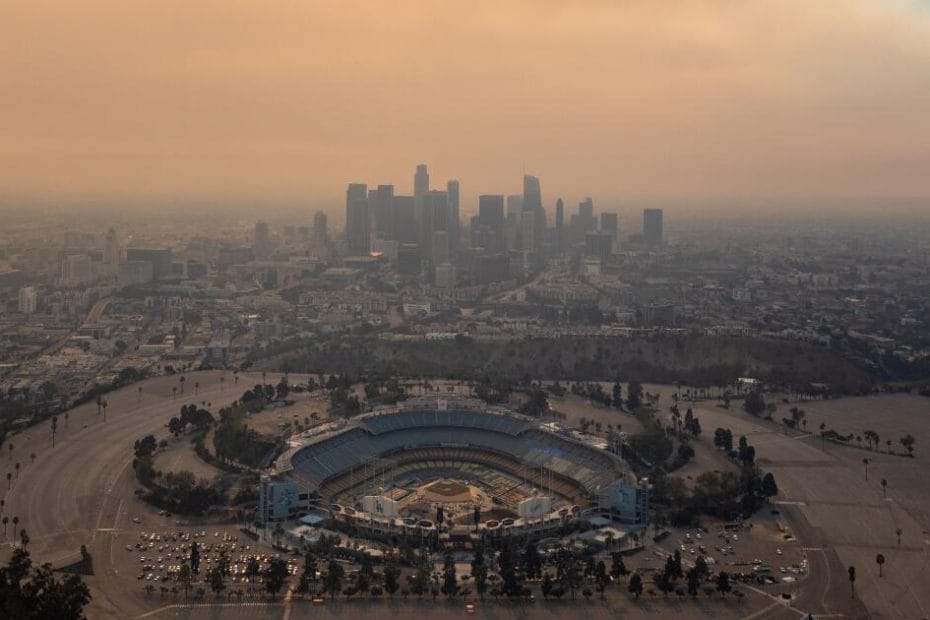What threats lurk in the smoke and ash from Los Angeles area fires?
As wind conditions in Santa Ana continue to stoke concerns about a resurgence of wildfires across Los Angeles, health officials are warning of another wind-borne threat: ash and dust and burn scars from active fire areas.
On Tuesday, the Los Angeles County Department of Public Health issued a wind-blown dust warning until 7 p.m. Wednesday.
During this period, ash may spread from the Palisades and Eaton fire areas and from the Hurst, Kenneth, Line, Airport and Bridge fire burn scars, according to the South Coast Air Quality Management District.
“Wind-blown ash particles may be too large to be detected by air quality instruments and will not affect air quality index levels,” the advisory said. “However, ash particles are often visible to the naked eye in the air or on outdoor surfaces. ”
Experts say wildfire smoke is unsafe for everyone and residents of all areas should be concerned about the potential health effects of this pollutant.
The reason for concern is that “the main component of smoke is particulate matter, which can penetrate deeply into the lungs and directly cause breathing problems, but it can also enter the bloodstream and cause a host of other health problems,” says Anne Kelsey Lamb ( Kelsey Lamb, Regional Asthma Management and Prevention Director.
According to the American Lung Association, wildfire smoke is extremely harmful to the lungs of high-risk groups, including children whose lungs are still developing, pregnant women, older adults, and people with asthma, chronic obstructive pulmonary disease, chronic heart disease or diabetes.
Exposure to air pollution like wildfire smoke can also cause asthma in otherwise healthy people, Lamb said.
As wildfires become more common, researchers have learned that wildfire smoke (depending on its composition) can be even more dangerous to public health than other types of air pollution.
Last year, the UCLA Luskin Center for Innovation published a study in the journal Science Advances that found that over an 11-year period, an estimated total of more than 55,000 people died from inhaling PM2.5, or soot, from wildfires. Premature death from fine particulate matter.
Air pollutants from wildfires pose a danger to the immediate fire zone and surrounding communities, but the harm can extend beyond that.
Lamb noted that during the 2018 Camp Fire in Butte County, researchers found lead-containing smoke 150 miles away from the fire.
“Even people who are not near the fire may still be facing some effects of fire smoke,” she said. “I would encourage everyone in the wider area to take the same precautions we recommend for people who are actually out there.”
What could be in the air? In ashes?
Lamb said we know wildfire smoke can contain toxic materials such as lead, asbestos and arsenic, which can cause additional health hazards.
Part of the reason wildfire smoke from the Los Angeles area fires is particularly concerning is that, in addition to PM2.5, the smoke from this disaster may contain harmful components from homes, indoor items, buildings and cars. Burnt down.
Anthony Wexler, director of the UC Davis Air Quality Research Center, said toxic chemicals such as plastics and paint in homes and furniture are some examples of chemicals released into the air after burning.
Researchers are still working to understand the relative toxicity of these specific chemical pollutants during fires.
“We've done some experiments, some early experiments in my lab, that show that building materials are more toxic than burning tree materials,” Wexler said. “But again, we only have a little bit of data.”
Faced with uncertainty, he said, “people should protect themselves as much as possible.”
Local and regional public health officials recommend that at-risk populations stay indoors with doors and windows closed while keeping indoor air clean.
“As long as you have electricity, you can become a TV junkie so you can watch TV shows,” Wexler said.
The more you spend time outdoors, the more likely you are to be exposed to all harmful air pollutants.
Wexler recommends pulling out your pandemic protective gear: air purifiers, N95 masks, gloves and safety glasses (in case you have to go out).
What should I do to stay safe if I have to go out?
If people need to go out, experts recommend wearing N95 masks.
Lamb said that's because these are actually the only masks that can filter out harmful fine particles.
“A surgical mask lets too much air in because it's not tight,” she said. “It doesn't filter out fine particles like an N95 does.”
Researchers studied wearing cloth masks during wildfire smoke and found that it “results in greater exposure because some of the smoke settles into the material and is then continually inhaled,” Lamb said.
There are many Los Angeles residents who volunteer their time in surrounding communities to participate in local disaster relief efforts, providing essential services and jobs.
“We want people to volunteer to help because we need to,” Wexler said.
But he said men with beards should take further safety measures.
Men with beards need to shave or at least trim as much facial hair as possible so that the protective mask can securely seal the face and prevent contaminants from entering.
Experts also urge everyone to take off the clothes they wore while working outdoors, including shoes, before going home. Put your clothes in the washing machine immediately, Lamb said, because some of the particles they carry could make their way into the home and affect others there.
One thing to keep in mind, Lamb said, is that components of the contaminants, including ash, will settle on the ground and can become aerosolized again when cleanup efforts are disturbed.
“There's probably no way to prevent this from happening, but to avoid exposure, make sure you wear a mask, and I would even put on goggles, gloves and a change of clothing,” she said.
I have pets, how do I protect them?
Although smoke is irritating to people, it can also cause health problems for pets.
According to the American Veterinary Medical Association, animals with cardiovascular or respiratory disease are particularly at risk from smoke and should be monitored closely during all periods of poor air quality.
Experts share the following information to ensure your beloved animals stay safe when air quality is poor or unhealthy:
- Keep pets indoors when possible, with windows closed.
- Smoke is especially harmful to your pet birds. Keep them indoors when there is smoke.
- If an air quality alert is in effect, only let dogs and cats outside for brief bathroom breaks.
- Avoid strenuous outdoor exercise during periods of poor air quality. When the dust and smoke settles, give your pet some exercise.
When can I stop wearing a mask and safely open my windows?
Regarding current wind warnings, experts recommend checking the latest updates from local officials and following their safety guidance.
How do I check the air quality in my area?
Although windblown ash particles may be too large to be detected by air quality instruments, and officials warn it won't affect air quality index levels, you should still pay attention to air quality in your area.
When you look at air quality readings, keep in mind unrecorded harmful particles.
You can use the following tools to do this:
- air nowAn online website and app created by the U.S. Environmental Protection Agency contains information from its permanent air quality monitors as well as temporary air quality monitors installed during such events. It has updated fire and smoke maps, or you can enter your zip code and check the air in your community.
- Purple airis a company that helps monitor air quality by selling easy-to-install sensors with real-time data on various particle levels. Purple Air has a free online map with real-time air quality data.
- South Coast Air Quality Management District Issue advisories, guidance and warnings about air quality impacts. It has a current hourly air quality index graph and a dedicated web page for breaking news about such advisories.
All sources will provide air quality index (AQI) numbers. If it is greater than 100, it is considered unhealthy for sensitive and high-risk groups. If it is greater than 150, it is considered unhealthy for everyone.
Where can I find free N95 masks in Los Angeles County?
Here is a list of places where you can pick up free N95 masks.
This list will be updated as more organizations, local agencies and others launch their products.
- Los Angeles Nursing Health Community Resource Center. Has a detailed list of locations and contact information online.
- All Los Angeles Public Library branches. All branches will provide free masks while supplies last. Check online for branch addresses and hours; we encourage you to call ahead to check supply inventory.
- city of los angeles Free masks will be available at recreation and senior centers, aquatic facilities, golf courses, museums and the Cabrillo Marine Aquarium. A complete list of locations and contact information is available online.









